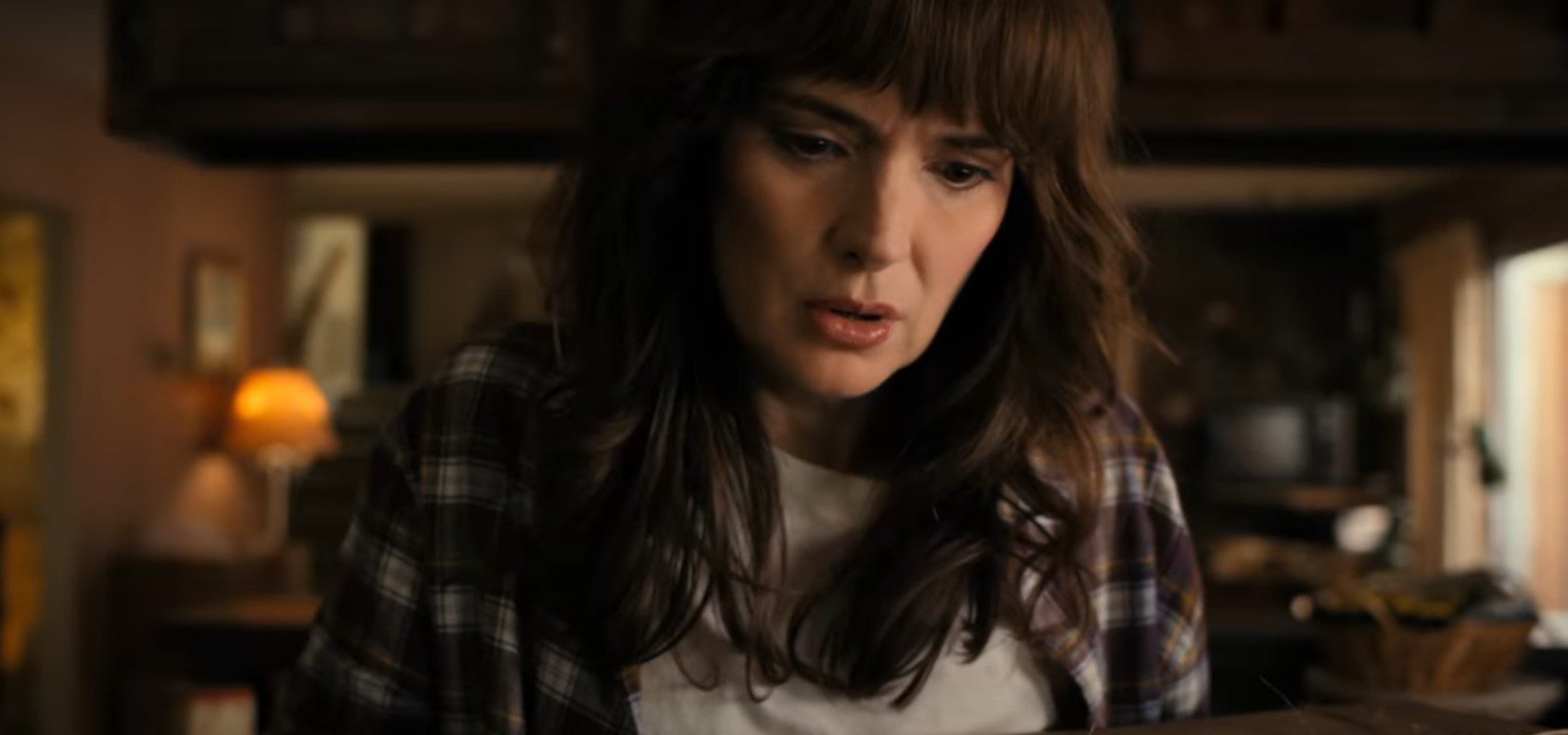Stranger Things brought back a lot of things with its 1980s nostalgia, and a few of them is the portrayal of America’s reaction to satanic worship sodomy & murder. There are a lot of things beyond æsthetics that Stranger Things hides. We’re talking about the Soviet missile panic, Kate Bush, and the American Satanic Panic, a unique kind of paranoia that stems from the depths of American conservatism from the Reagan era. Some of these throwbacks offer welcome nostalgia. Others are like unwelcome ghosts that refuse to leave. One of these unwelcome but significant callbacks is the American Satanic Panic of the 1980s.
In Stranger Things, season four, some citizens of Hawkins, an all-American but cursed town, go looking for the heroic misfits on the show after branding them satanic cultists. The allegation of satanism centers on the protagonists’ gatherings to play the video game Dungeons and Dragons with other outcast students at their high school as a part of the Hellfire Club. So, without further ado, let’s explore these dark topics.

How Satanic Worship Sodomy & Murder Are Shown In Stranger Things
In the fourth season of Stranger Things, some residents of Hawkins, an all-American but cursed town, search for the show’s brave misfits after labeling them satanic cultists. The main focus of the satanic accusations is the protagonists’ gatherings with other rejected high school students to play the video game Dungeons and Dragons as a part of the Hellfire Club.
The anti-Dungeons and Dragons campaign was a part of a larger hysteria about a fictitious massive conspiracy, which is now frequently referred to as the Satanic Panic. Its central thesis was that networks of cults were engaging in child abuse and murder along with occult rituals, orgies, and human sacrifice. Similar allegations of ritual abuse were made in the influential but debunked book Michelle Remembers (1980).
Many lives were destroyed in the 1980s and 1990s by satanic conspiracy theories. There were numerous trials as a result of hundreds of accusations, particularly in North America. The McMartin Preschool near Los Angeles or Martensville, Saskatchewan, are just two recent cases that are discussed in books and podcasts. Hundreds of children were allegedly sexually abused at McMartin in secret orgies.
The available evidence was insufficient to support any convictions, not even in a tense environment. Accusations made elsewhere frequently stretched the boundaries of belief by alleging the murder of absurdly large numbers of infants and children. These assertions were untrue. For instance, a 1994 study looked at 12,000 claims of institutionalized satanic ritual abuse. It came to the conclusion that there was no proof of organized satanic cults abusing children sexually.
Studies of specific allegations, like the one at McMartin, frequently highlight how adult investigators fabricated abuse stories to support their satanic beliefs. They accomplished this, frequently unknowingly, by coaxing impressionable kids into saying what they wanted to hear. The replicas of ritual abuse used by investigators have a history.
Witch hunts in the early modern era are one frequently cited analogy, but the parallels go much farther back in history. What Norman Cohn called the nocturnal ritual fantasy corresponds to the secret gatherings, orgies, and ritual abuse attributed to contemporary cults. Similar charges were leveled against Jews, early Christians, heretics, witches, and Christians.

Satanic Panic
The many different versions of purported demonic conspiracies exhibit patterns, as author David Frankfurter suggests. The fact that historically verifiable atrocities occur not at the hands of imaginary cults but rather during erroneous attempts to destroy them is one of the most alarming and ironic aspects. One heinous act is the downplaying of actual child abuse.
Delusions like the Satanic Panic avoid addressing the actual social structures that support abuse by tying it to fictitious conspiracies. The demonic occult conspiracy theory, also known as the Satanic Panic, is still prevalent. Actually, it has evolved into new forms, such as QAnon or Pizzagate. Both conspiracies’ adherents frequently assert that their adversaries in politics and society abuse children ritualistically in accordance with well-established cult-evil tropes.
As in the past, these accusations can be used to defend acts of violence that are ironically committed in the name of defeating evil. It’s likely that this common error will occur again if people continue to believe in disproven but well-known demonic conspiracies.




